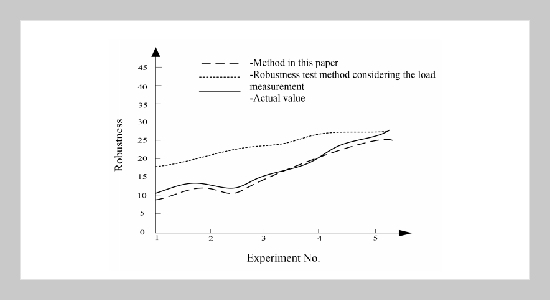Xu Lei This email address is being protected from spambots. You need JavaScript enabled to view it.1 1School of Information Engineering, Yellow River Conservancy Technical Institute, KaiFeng, Henan, 475000, China
Received:
February 2, 2021
Copyright The Author(s). This is an open access article distributed under the terms of the Creative Commons Attribution License (CC BY 4.0), which permits unrestricted use, distribution, and reproduction in any medium, provided the original author and source are cited.
Accepted:
March 2, 2021
Publication Date:
August 1, 2021
Download Citation:
||https://doi.org/10.6180/jase.202108_24(4).0003
The robustness testing method of the traditional multi MIMO photovoltaic control generation structure, when the robustness of the detection organization interference, does not score the robust evaluation index of the photovoltaic control generation system, and the weight stratification of the measured sample weight is not clear, which primes to the great error of the test results, and suggests a new technique of robustness testing under the interference of the photovoltaic system. The Internet of Things (IoT) protection receives significant attention as the little. The capacity limits and difficulty characteristics of many IoT devices hinder the usage of traditional devices. A summary of recent study activities on alternative research is given in this report. Approaches to protect the physical layer of IoT wireless communications, precisely the main approaches Key Generation and Physical Layer Encryption Issues. It is necessary to enforce these systems and are Lightweight, thus offering realistic solutions to deliver reliable wireless IoT protection. The weight vector of the adaptive weighted BP neural network is optimized by the information and information change, and the robustness test of the photovoltaic control generation system is realized through the robust test model of the optical fiber power system based on the BP neural network. The experimental results show that the planned technique can precisely detect the strength of PV system under interference, and has the advantage of high efficiencyABSTRACT
Keywords:
Photovoltaic control generation structure; Interference; Hierarchical weight; Weighted vector; BP neural network; Robustness test
REFERENCES
















